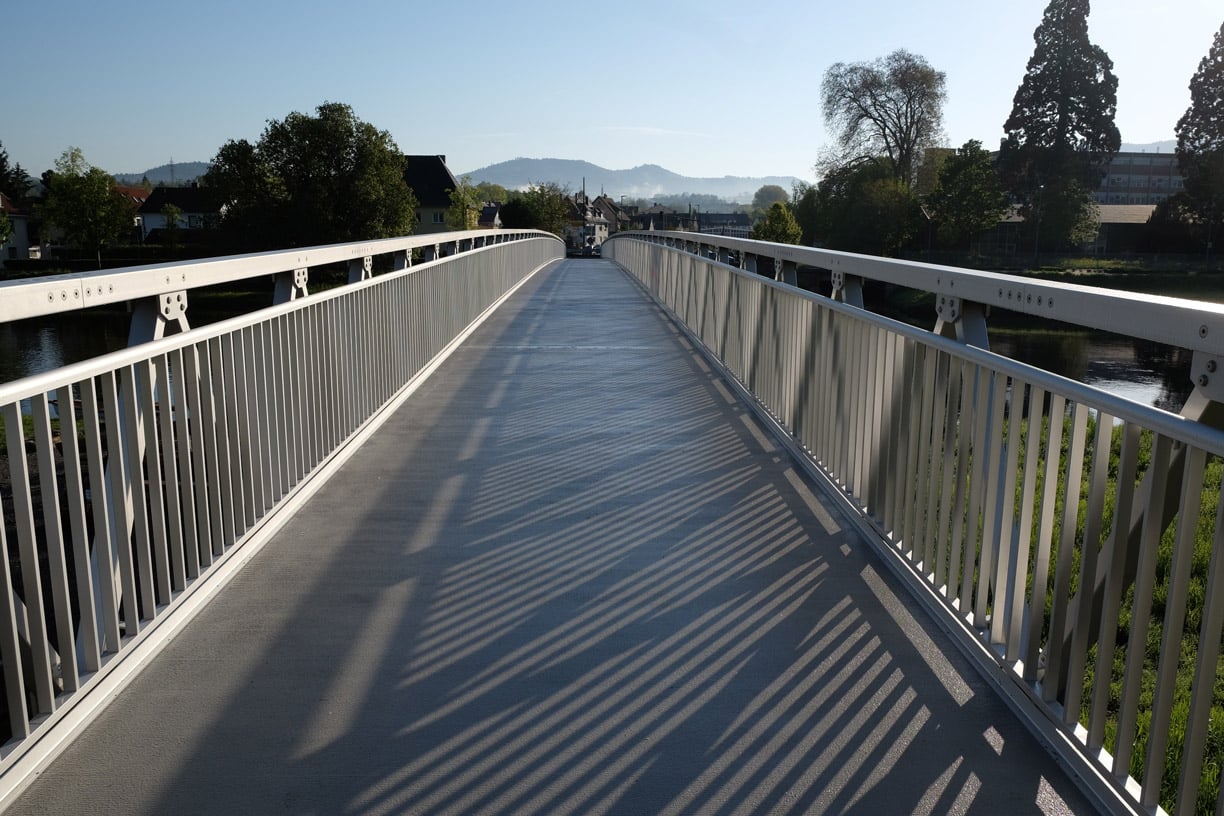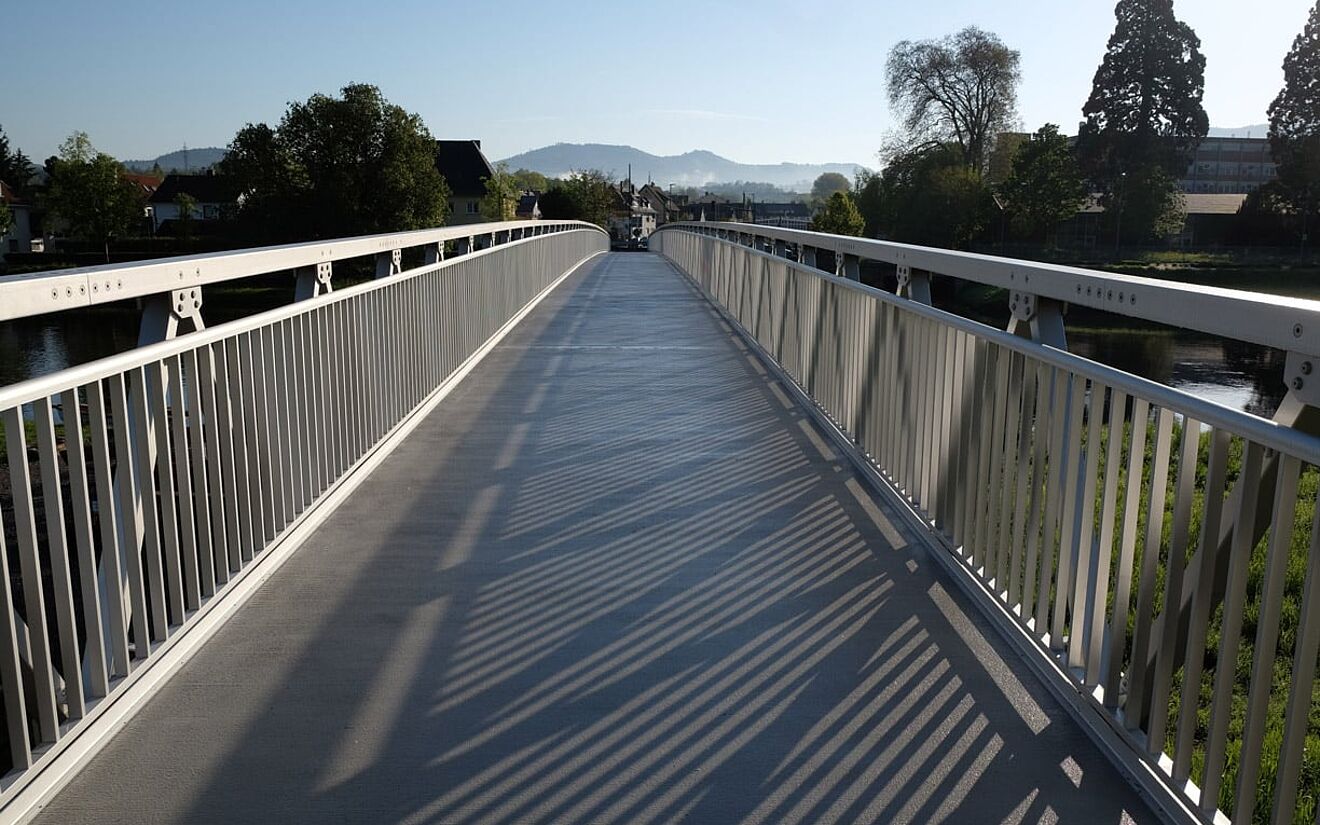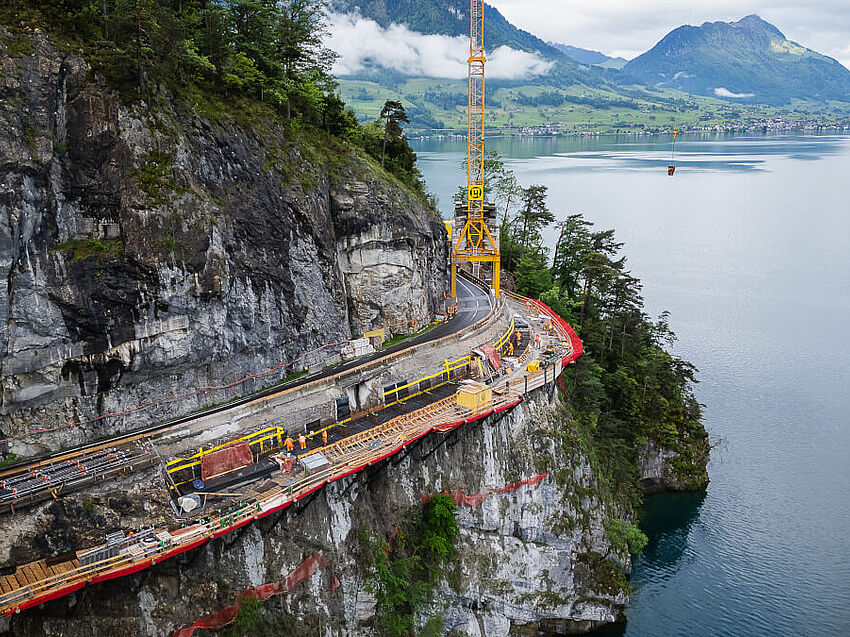From Design to Field: How ALLPLAN Civil Streamlined a Complex Highway Project in Romania
Sustainability also plays a crucial role in the bridge construction. As the client, the federal government is setting a good example and providing an environmentally compatible and economic infrastructure. Read this article to find out what potential the use of aluminum offers.

The preservation and expansion of a high quality road infrastructure is not conceivable without bridge construction and engineering. Projects such as these are associated with high costs. Environmentally-friendly bridge construction, which is also economically justifiable, is therefore a central goal of the Federal Ministry for Traffic, Construction and Urban Development (BMVBS). Sustainability also results from the consideration of the entire life cycle of a bridge structure, including its utilization after the end of its use. Important criteria include the ease of maintenance of the bridge structure, in order to keep follow-up costs low, as well as the recycling properties. When choosing the building materials, engineers therefore pay particular attention to durability and reliability.
Environmentally-friendly bridge construction using the example of the Schillerbrücke
The renovation of the Schillerbrücke bridge in Gaggenau, Baden-Württemberg is a successful example of environmentally-friendly bridge construction. The superstructure of the 86-meter long structure had to be replaced due to major defects that were determined during a major structure inspection in 2011. A reconstruction proved to be uneconomical. There was considerable corrosion damage in the area of the steel longitudinal girders. The asphalt pavement of the transverse joints was severely damaged.
In choosing the building material, the engineering firm RS Ingenieure GmbH & Co. KG chose to use anodized aluminum. It largely dispensed with welded seams, since they have a high potential for errors with inclusions or pore formation. In addition, the structure may distort from the welding and the heat can cause internal stresses. This is why the bridge structure only has weld seams on the bearing plates and platforms. The other parts were screwed on.
Aluminum: 100 percent recyclable and weather-resistant
There are many advantages of the light alloy of aluminum: It is easy to work with and deform and has its own corrosion protection. In direct contact with oxygen, the light alloy is coated with an oxide layer, which is immediately renewed when penetrated. This protection is reinforced even further by anodizing, which is the electrolytic oxidation of metal surfaces. Aluminum is also not only particularly light and durable, but it is also very weather-resistant. With respect to the renovation of the Schillerbrücke described above, this results in a high ease of maintenance of this bridge structure.
Due to its lightness, aluminum is also easy to dismantle and can then be 100 percent recycled. If the metal is returned into the production cycle, the manufacturing costs are only five percent of the original cost after seven recycling processes. This also results in a higher scrap price compared to other materials, which should be included in the calculation of the overall economic efficiency.
Energy-efficient building and maintenance with aluminum
Due to the listed sustainability aspects, aluminum offers great potential for environmentally-friendly engineering and bridge construction projects. Effective and efficient building as well as maintenance can thus be ensured at a high level.




